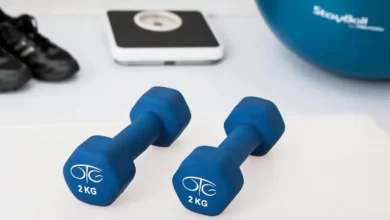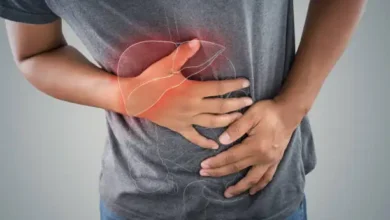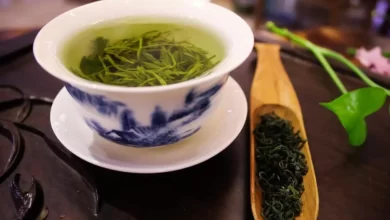How Does Our Body Adapt to an Extreme Cold?
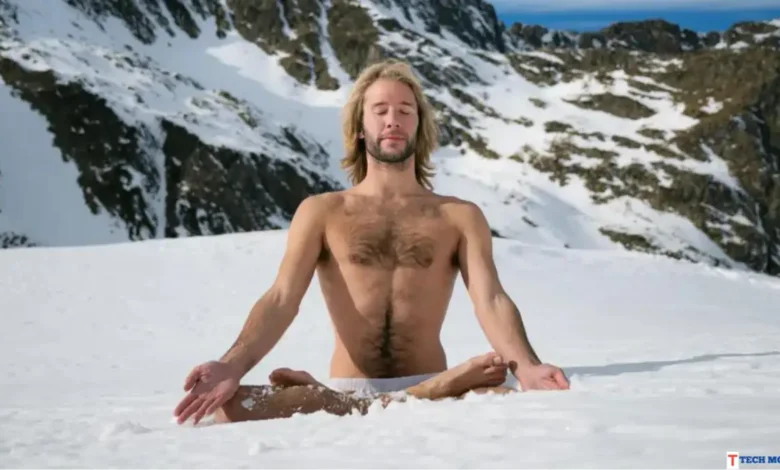
How Our Body Adapts to Extreme Cold?
Unlocking the Secrets of Cold Adaptation
Introduction
In the face of an ever-changing climate, understanding how the human body adapts to extreme cold is not just a matter of academic curiosity; it’s a practical necessity. As winter cyclones encroach on typically warm territories and heatwaves disrupt icy landscapes, the physiological adaptations our bodies undergo take center stage. In this exploration, we delve into the intricate mechanisms that govern cold adaptation, unraveling a tapestry woven through generations of natural selection and the immediate effects of acclimatization.
Decoding the Cold
Physiological Adaptations
Metabolic Marvels
Cara Ocobock, a distinguished biological anthropologist at the University of Notre Dame, has unearthed a trove of insights into how our bodies navigate extreme cold. Contrary to intuition, winter backpackers in Wyoming expend surprisingly few calories to stay warm. Ocobock’s research reveals that muscle activity in cold environments, even without external heating sources, plays a pivotal role in efficient calorie utilization. This inefficiency becomes an asset, as the heat generated becomes a valuable ally in thermal regulation.
Evolutionary Echoes
Bergmann’s, Allen’s, and Thomson’s Rules
Historical principles such as Bergmann’s rule, Allen’s rule, and Thomson’s rule, once relegated to the annals of cold physiology, find new relevance in modern research. Bergmann’s idea that animals in cold climates tend to be larger, Allen’s addition of “shorter appendages” to this theory, and Thomson’s proposition regarding nasal cavities shaping ambient air intake all offer crucial insights. Recent studies, however, bring nuanced perspectives, challenging some aspects of these rules when applied to human populations across diverse climates.
Sunlight, Skin, and Vitamin D
As climate change alters sun exposure, populations in colder regions face challenges in maintaining optimal vitamin D levels. Vitamin D synthesis, crucial for various bodily functions, becomes a delicate dance between melanin and 7-dehydrocholesterol. The adaptation of lighter skin tones among ancient populations in northern latitudes emerges as an evolutionary response to mitigate the risk of underproducing vitamin D in diminishing sunlight.
Vascular Ballet
Constricting and Dilating Blood Vessels
In the dance of thermoregulation, blood vessels play a crucial role. Constriction in cold conditions limits blood flow to the extremities, conserving heat but sacrificing dexterity. However, populations in cold regions exhibit faster cycles between vasoconstriction and vasodilation, offering a finely tuned temperature regulation mechanism. Genetic traces from ancient DNA samples confirm the endurance of this adaptation over millennia.
Brown Fat
A Metabolic Marvel
Brown adipose tissue, once thought exclusive to rodents, emerges as a key player in human cold adaptation. Found predominantly in populations from cold climates, brown fat burns calories to produce heat, potentially regulating obesity and blood sugar. Early exposure to cold in childhood appears to enhance the development of brown fat, emphasizing the role of environmental factors in shaping metabolic adaptations.
Resting Metabolism and Thyroid Dynamics
Ocobock’s research takes a fascinating turn with the discovery of gender-specific resting metabolic rates among Finnish and Sámi herders. Females, contrary to expectations, exhibit higher resting metabolic rates than males. This enigma leads to the exploration of thyroid hormone’s role, hinting at a delicate interplay between cold adaptation, resting metabolism, and reproductive imperatives.
Implications for Modern Health and Climate Change
As climate change reshapes the world, the implications of these cold adaptations extend beyond survival in harsh environments. The once advantageous “fat but fit” profile, beneficial in extreme cold, may unravel as metabolic rates shift. Ocobock warns that if diets and activity levels remain constant but metabolic rates drop with warming climates, obesity risks could surge. The intricate dance of adaptation, once an asset, may transform into a challenge in the face of a rapidly changing world.
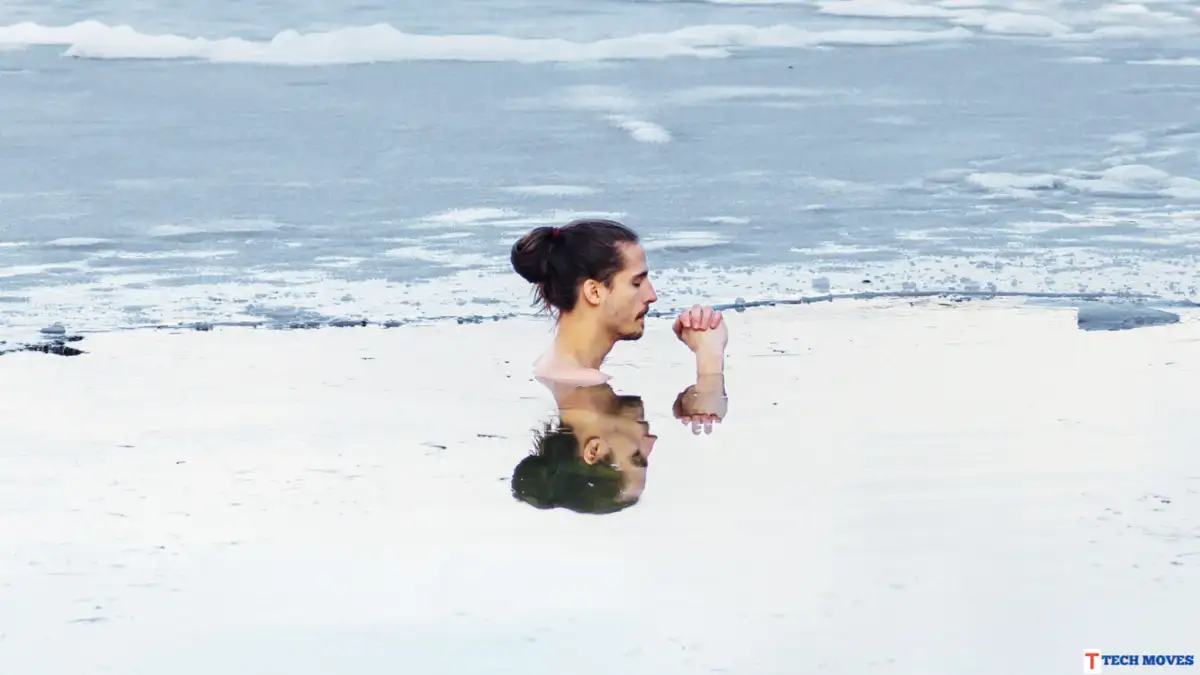
How Does Our Body Adapt to Extreme Cold?
The human body is an extraordinary entity, capable of adapting to a myriad of environments and challenges. One such remarkable feat is its ability to acclimate to extreme cold. From the initial shock of exposure to the intricacies of internal adjustments, our body undergoes a series of adaptations that allow us to survive and even thrive in freezing conditions.
Understanding the Cold Shock Response
When the body encounters extreme cold, it initiates the cold shock response. This immediate reaction is a survival mechanism designed to prepare the body for the challenges ahead. The mammalian diving reflex, often observed in aquatic mammals, plays a crucial role in this phase, slowing down the heart rate and redistributing blood flow to vital organs.
The Role of Hypothermia in Adaptation
Hypothermia, typically perceived as a threat, is, in fact, a strategic move by the body. By lowering the core temperature, the body conserves energy and minimizes heat loss. Physiological changes during hypothermia, such as reduced metabolic rate, help in enduring prolonged exposure to extreme cold.
Shivering
The Body’s Natural Heater
Enter shivering, the body’s automatic response to generate heat. As the muscles contract and relax rapidly, they produce warmth, acting as an internal heater. Shivering not only helps maintain body temperature but also serves as a clear sign of the body actively adapting to the cold.
Brown Adipose Tissue (BAT)
Nature’s Winter Coat
Imagine brown adipose tissue (BAT) as nature’s winter coat. Activated in response to cold, BAT specializes in burning calories to generate heat. This unique fat plays a significant role in keeping us warm during chilly conditions.
Vasoconstriction
Preserving Heat at the Core
To conserve heat, the body employs vasoconstriction, a process where blood vessels in the skin constrict, reducing blood flow to the extremities. This strategic move ensures that vital organs at the core receive priority, maintaining a stable internal temperature.
The Mental Game
Cold Perception and Adaptation
Beyond the physical, the mind plays a pivotal role in cold adaptation. Perception and psychological responses to extreme cold influence how the body copes. The mental game involves training the mind to endure discomfort and embrace the cold as a challenge rather than a threat.
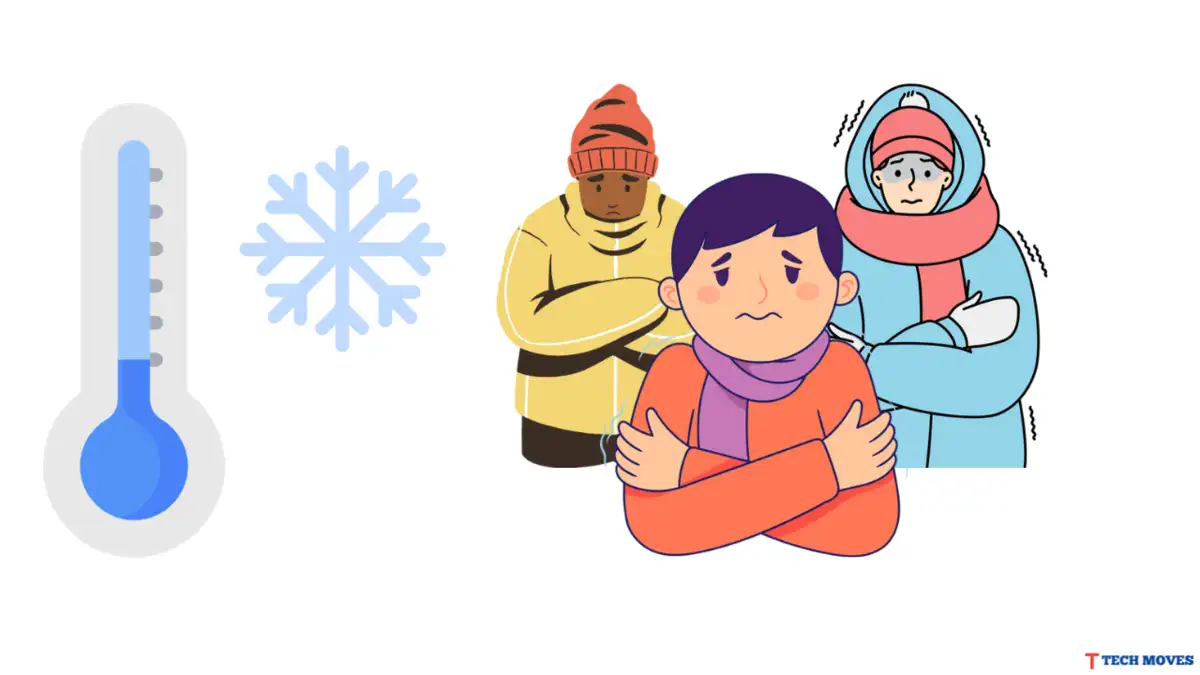
Cold-Induced Vasodilation
Keeping the Peripherals Warm
As a counterbalance to vasoconstriction, cold-induced vasodilation occurs to keep the peripherals warm. Blood vessels in the extremities expand, allowing proper circulation and preventing frostbite. This delicate dance between vasoconstriction and vasodilation ensures overall cold adaptation.
Evolutionary Aspects of Cold Adaptation
Our ability to tolerate extreme cold has evolutionary roots. Examining how humans have adapted to cold climates provides insights into our genetic makeup. Comparative analyses with other mammals and primates shed light on the evolutionary journey towards cold resilience.
Cultural Adaptations to Extreme Cold
Beyond biology, culture plays a significant role in cold adaptation. Different societies have developed unique strategies, clothing, and practices to endure freezing temperatures. Traditional knowledge and innovations in clothing design reflect the human capacity to adapt to diverse environments.
Training the Body for Cold Endurance
While some adapt naturally, others actively train their bodies for cold endurance. Techniques such as cold exposure therapy, ice baths, and controlled environmental exposures enhance cold tolerance. Examples of communities and individuals excelling in cold adaptation serve as inspiration for those seeking to push their limits.
Health Benefits of Cold Exposure
Surprisingly, exposing the body to extreme cold comes with health benefits. Research suggests cold therapy can boost the immune system, improve circulation, and enhance overall well-being. Understanding these potential advantages adds a new dimension to the concept of cold adaptation.
Challenges in Extremely Cold Environments
However, embracing extreme cold comes with its challenges. Prolonged exposure can lead to frostbite, hypothermia, and other adverse effects. Examining real-life scenarios and case studies provides valuable insights into the risks associated with extreme cold environments.
Tips for Safely Embracing the Cold
For those intrigued by the idea of embracing the cold, safety is paramount. Practical tips include gradual acclimatization, proper clothing, and awareness of personal limits. Balancing the desire for cold exposure with caution ensures a positive and safe experience.
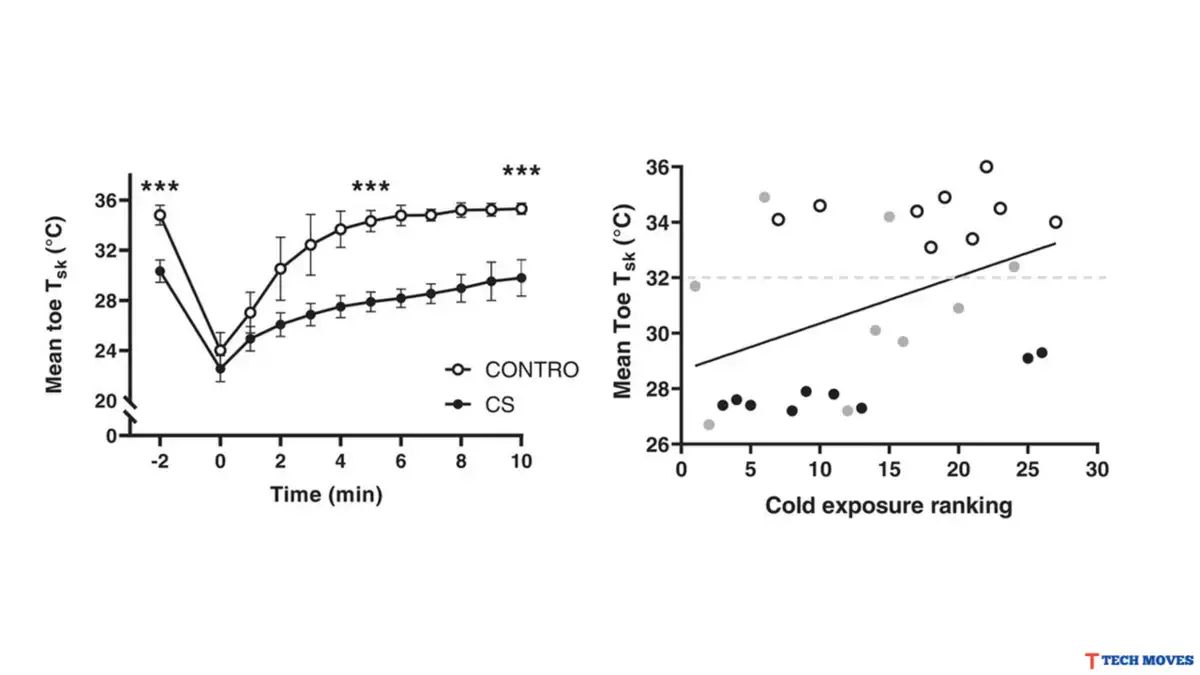
Summary
How Our Body Adapts to Extreme Cold?
In conclusion, our body’s adaptation to extreme cold is a multifaceted process involving physiological, psychological, and cultural elements. From the immediate shock response to the long-term effects of cold exposure, the intricacies of human cold adaptation showcase the remarkable capabilities of our bodies.
FAQs:
- Can anyone train their body to adapt to extreme cold?
- While some individuals may naturally have higher cold tolerance, others can train their bodies through gradual exposure and specific techniques.
- Are there any health risks associated with cold exposure?
- Prolonged exposure to extreme cold can pose risks such as frostbite and hypothermia. It’s crucial to prioritize safety.
- How does cold therapy benefit overall health?
- Cold therapy has been linked to immune system enhancement, improved circulation, and increased energy levels.
- Do different cultures have unique approaches to cold adaptation?
- Yes, various cultures have developed specific clothing, practices, and traditions to adapt to cold climates.
- Can mental training influence cold adaptation?
- Absolutely. Training the mind to perceive cold as a challenge rather than a threat is a crucial aspect of successful cold adaptation. See more…




